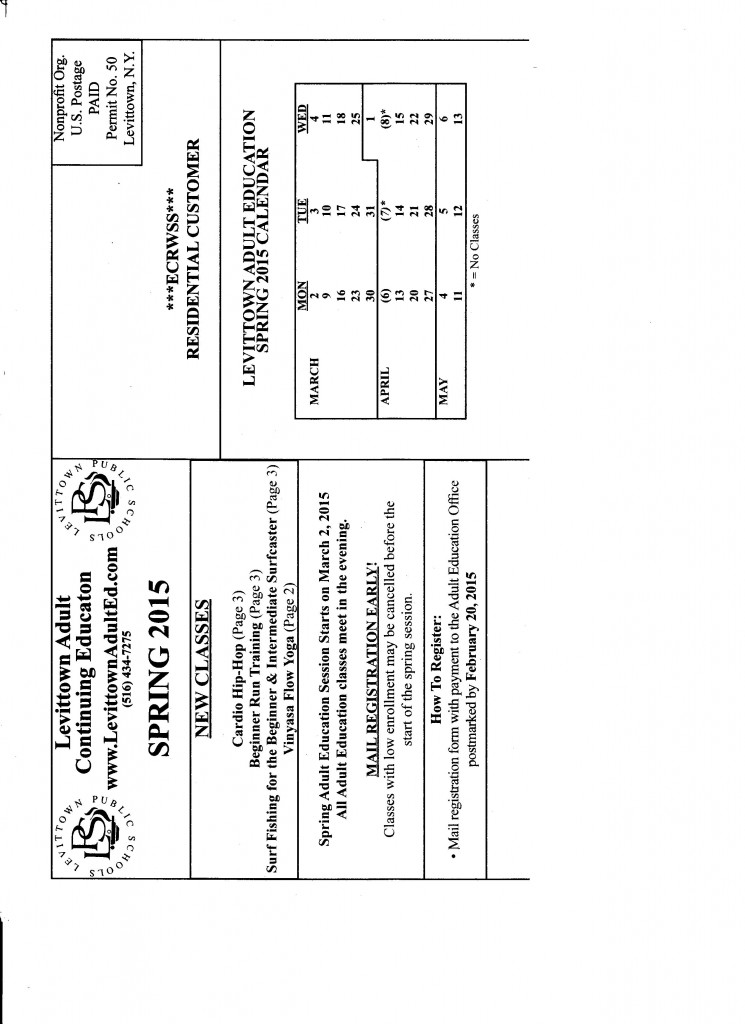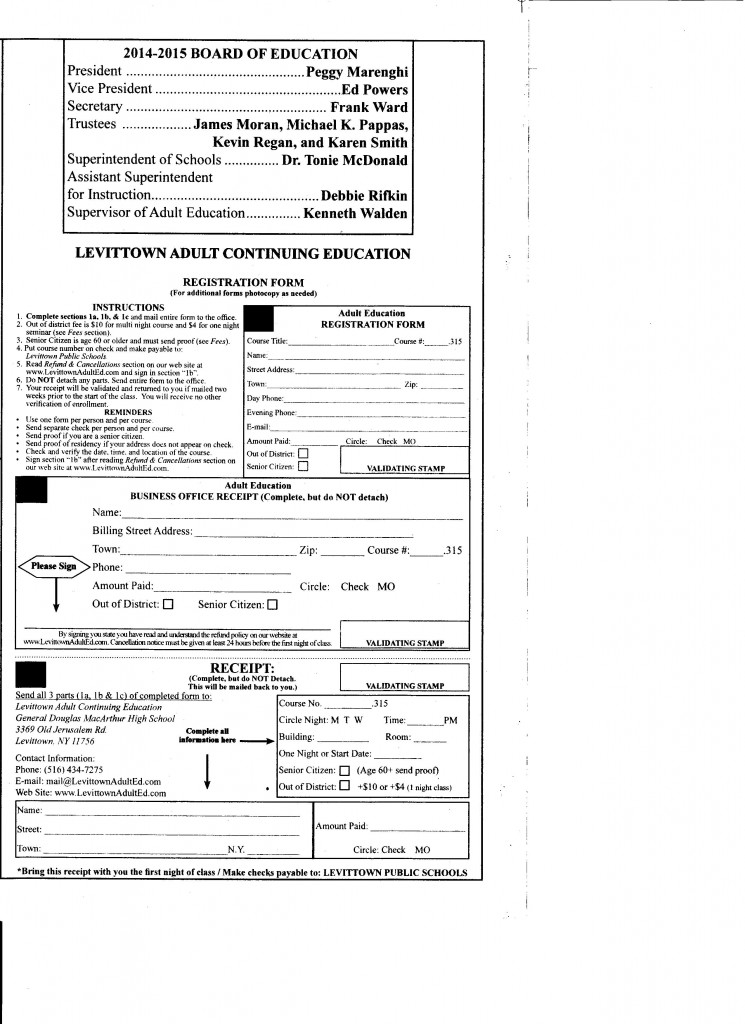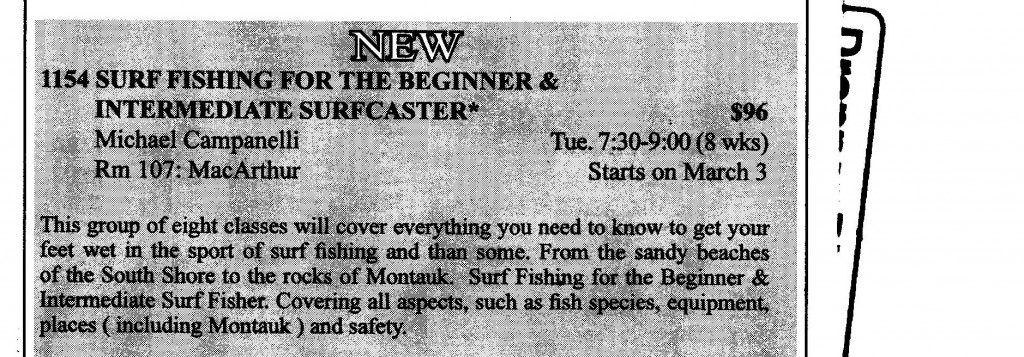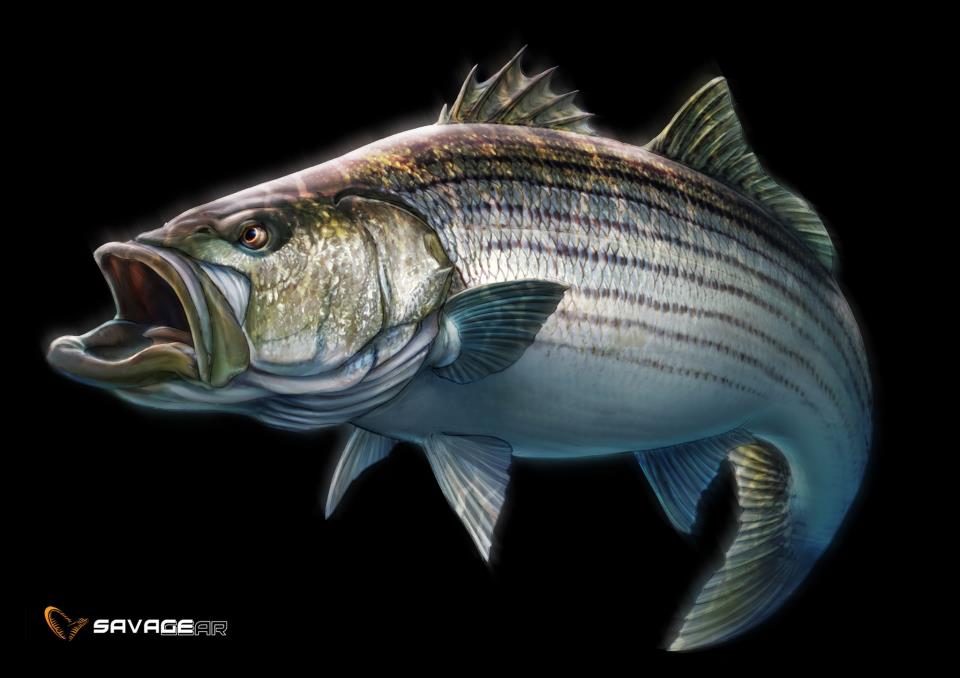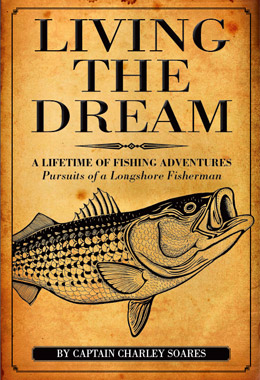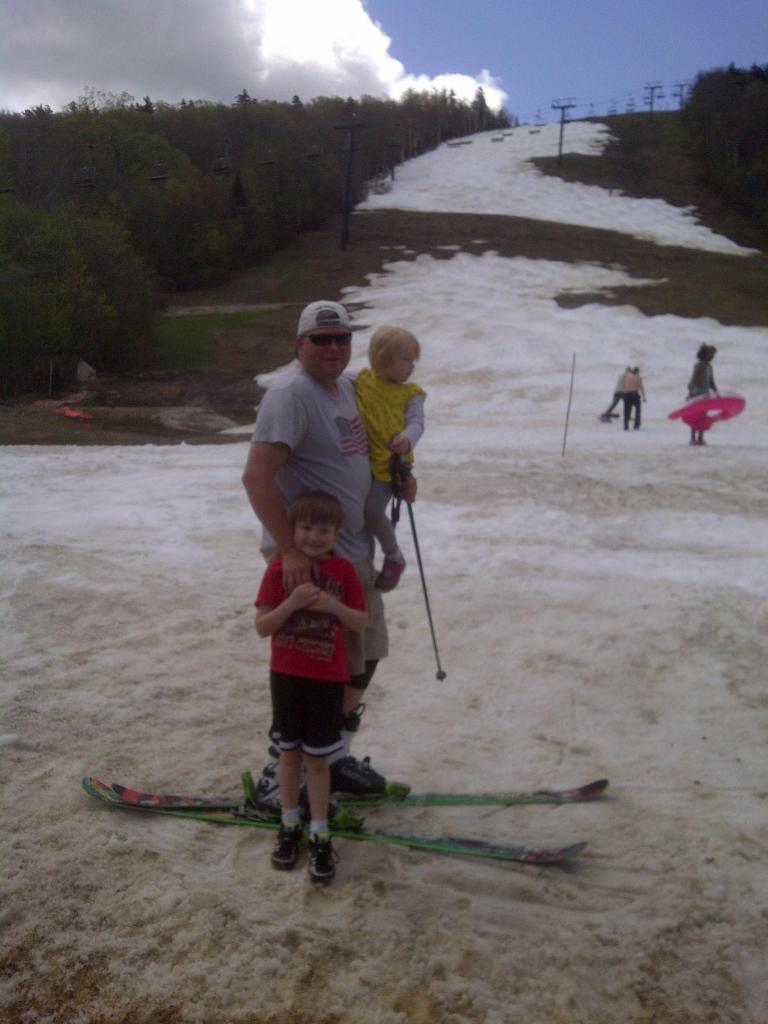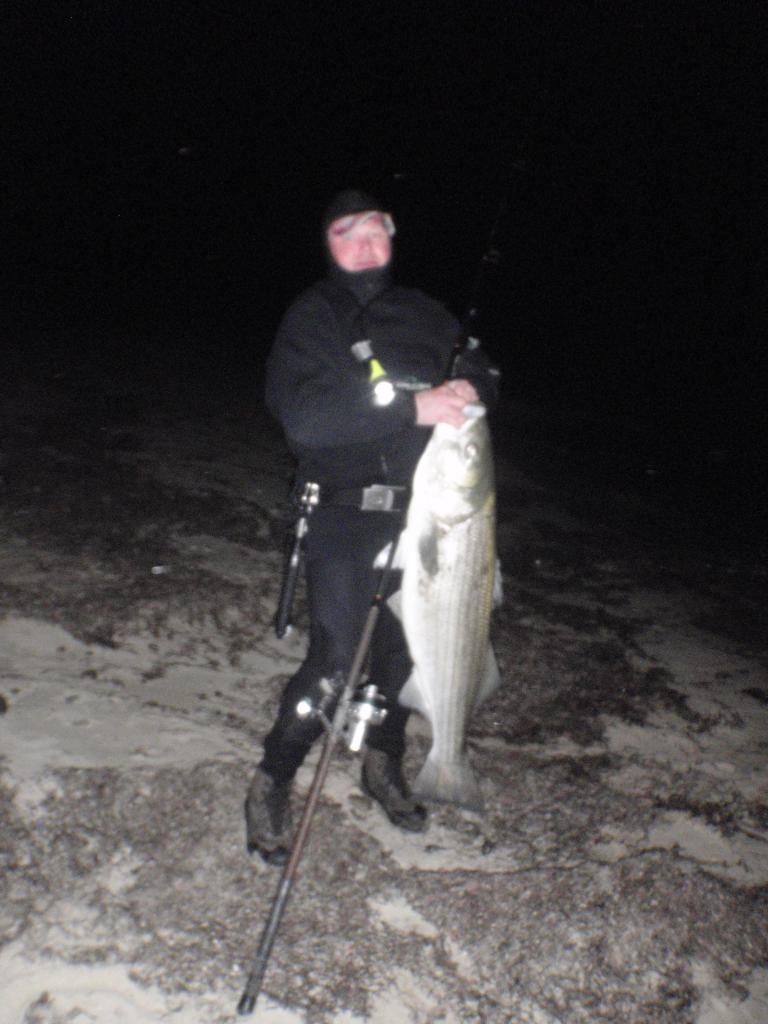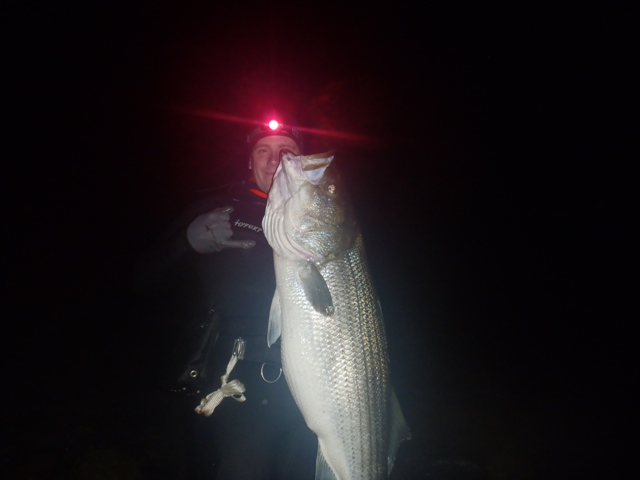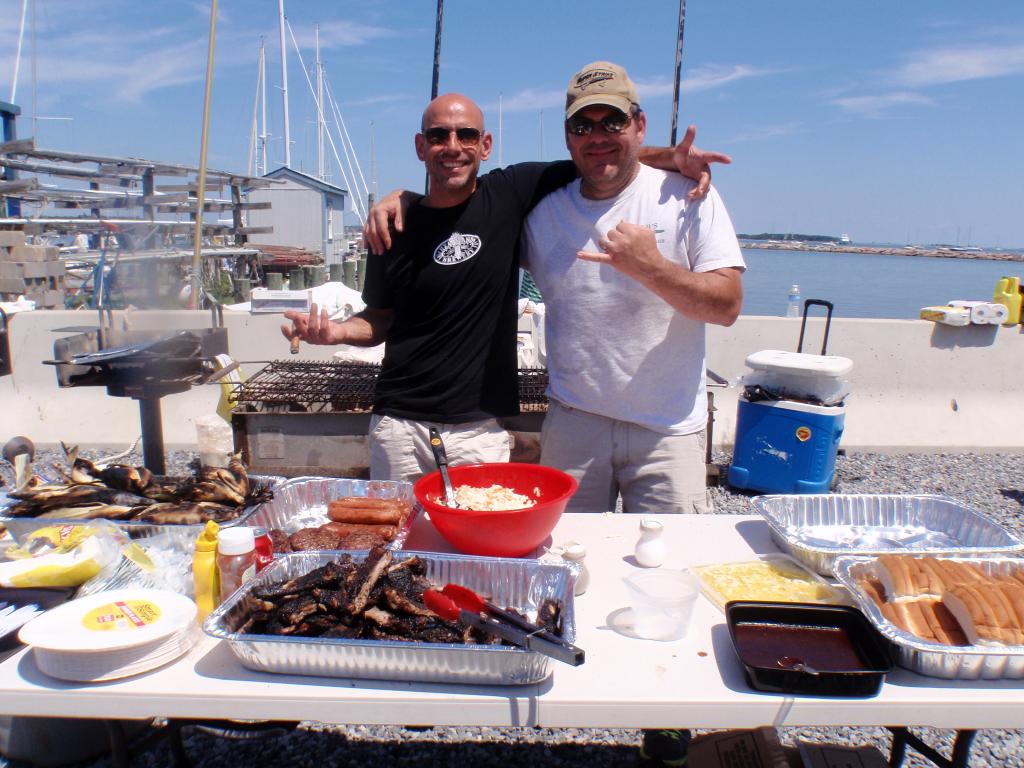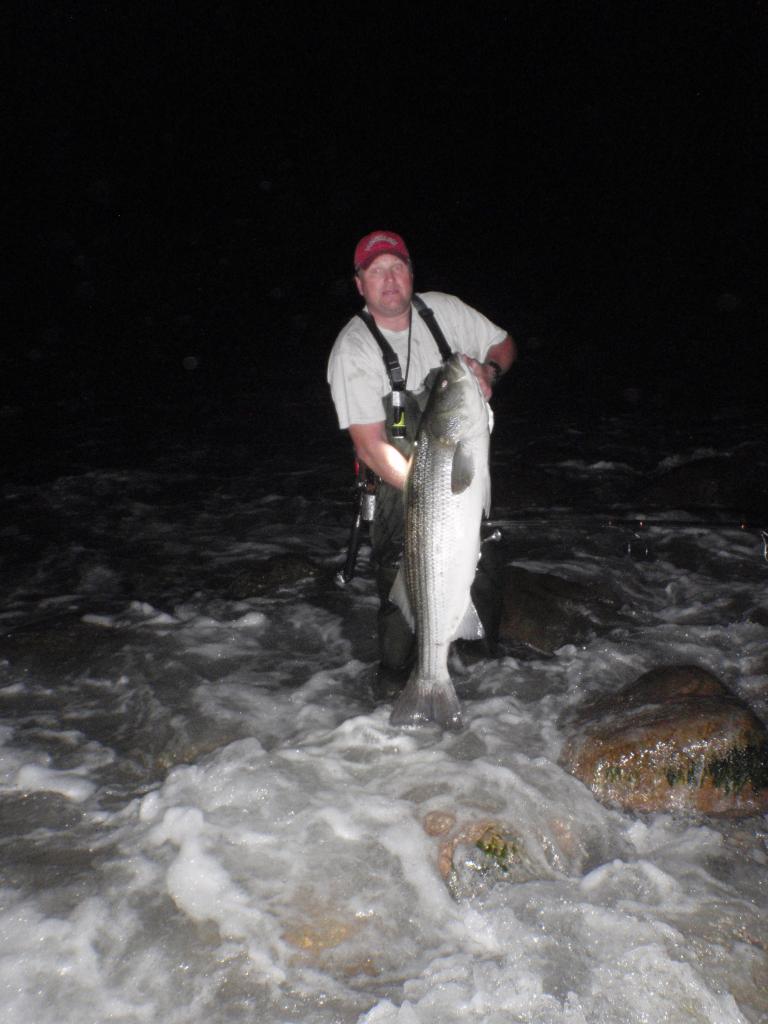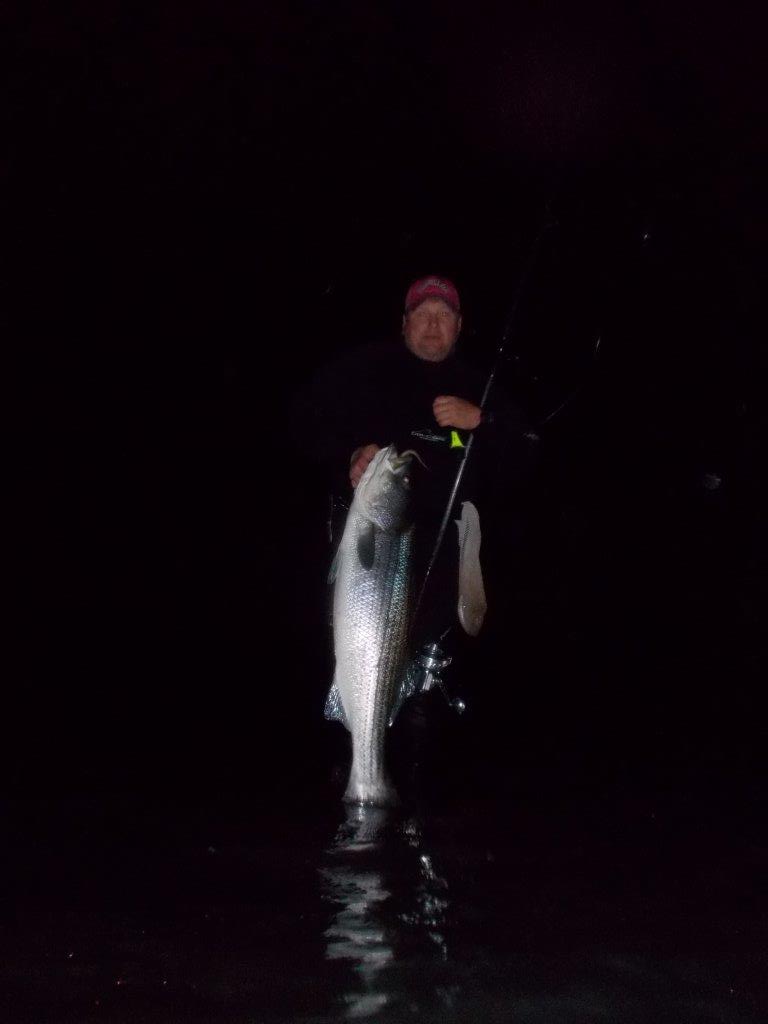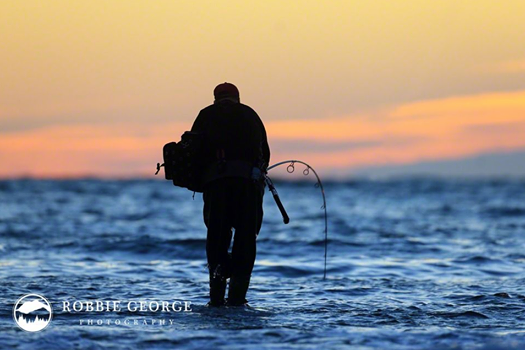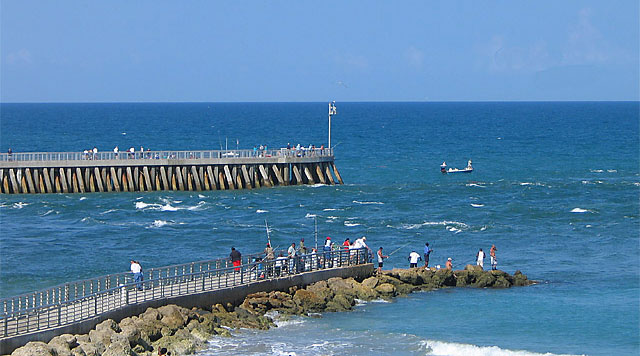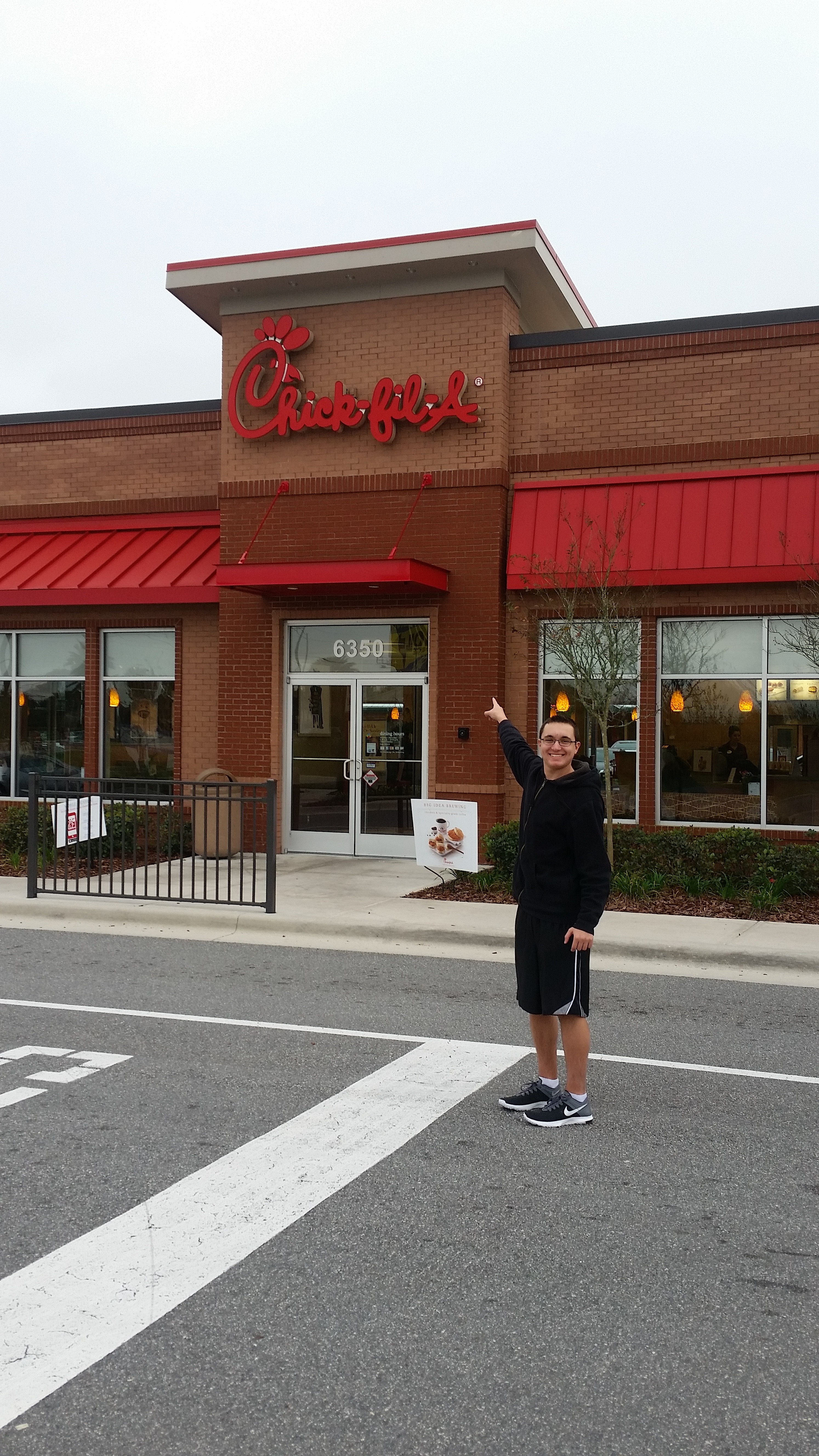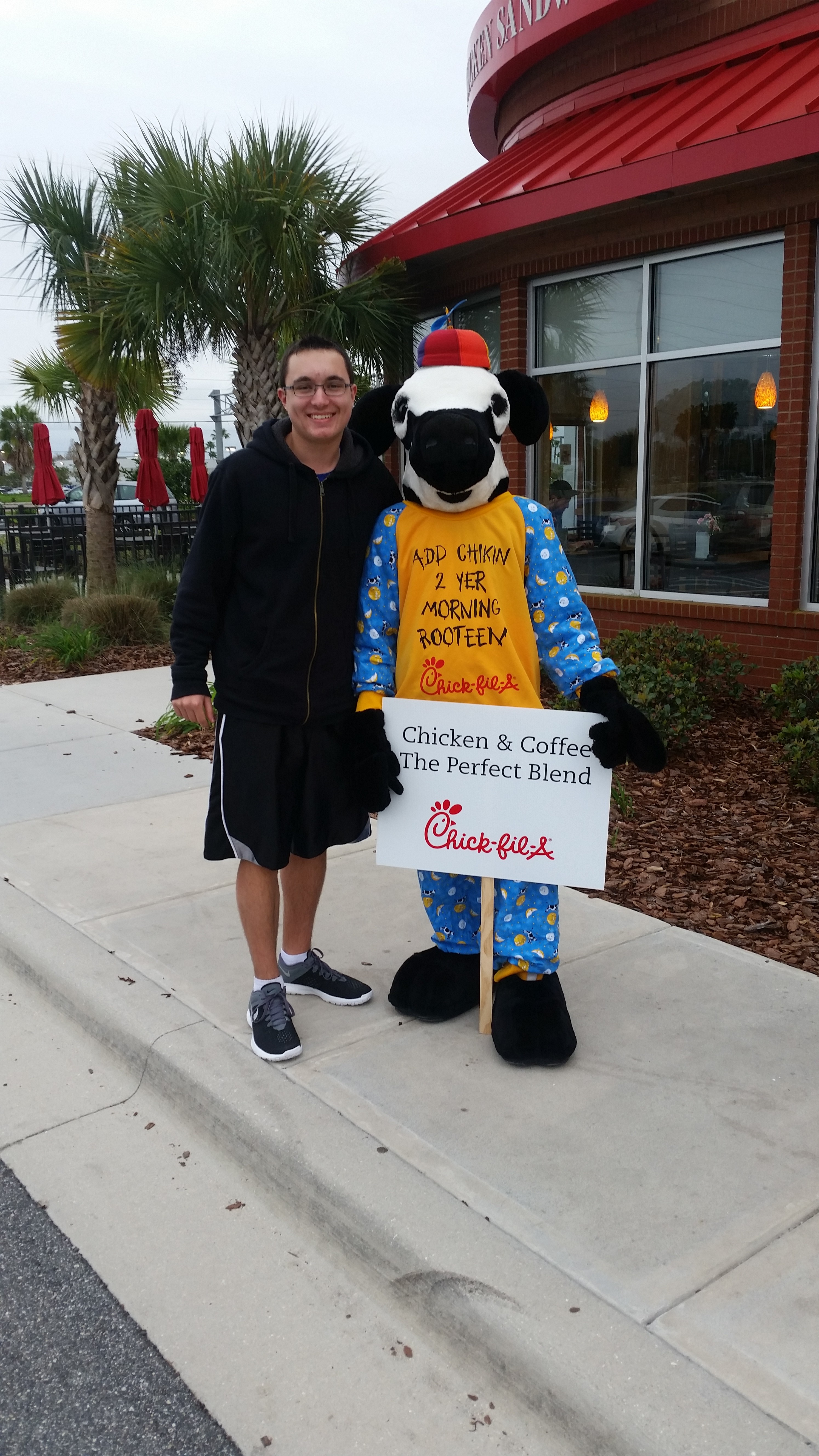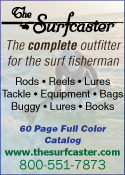The Midnight Rambler
John Papciak
Instant Islamorada – 2015
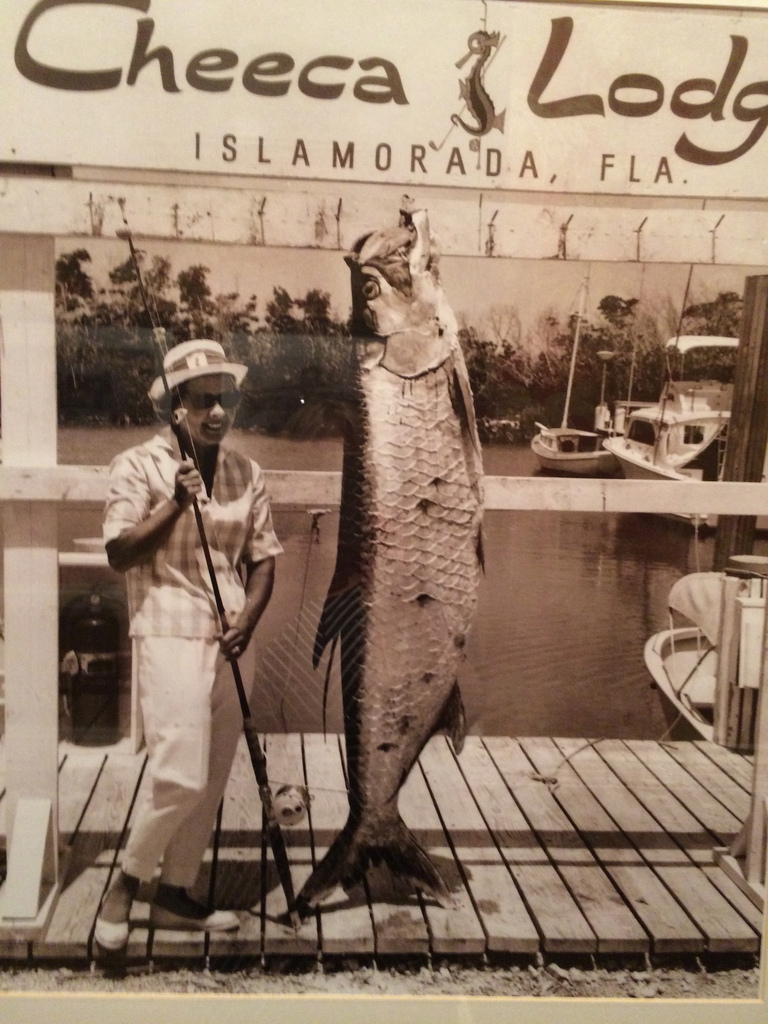
I’m sure there are plenty of readers in my position.
What do I do with the rest of my life?
Well, ok, it’s not quite that dramatic, but hear me out.
For the last 20 or so years, it’s been all about the kids and the family. And now, with my “first born” now getting acceptance letters to far away colleges, I realize I’m on borrowed time. I might have pissed and moaned that I couldn’t go to Cutty… or I couldn’t go to The Cape… unless it was during a school break… and unless it was 100% family friendly. But I’m not so sure how I will fare in the empty nest. Will I really fish my ass off, like I always said I would? Or will I slowly transform into a cranky old geezer, watching daytime TV during the winter.
I hope not, daytime TV is a very scary place (“Were you recently injured in an accident? You may be entitled to a LARGE CASH AWARD”). Please God, no.
With that premise in mind, I’m taking a good hard look at options. No, I don’t think I’m leaving Long Island, and no, I don’t think Montauk is in the rear view mirror. But I will be adding a small list of other destinations to my repertoire. Maybe I’ll do long weekends during the dead of winter, and see how that plays out before making any type of commitment. I know, it sounds like indulgence, and a bit of a dream, but any major change in lifestyle for the better starts with a dream.
Whenever my wife and I have these conversations, it only takes about 60 seconds before we talk The Keys. It seems to have most of the boxes checked – cheap flights from JFK to MIA, just warm enough in the winter, reasonable lodging and some nice places too, and oh yes, usually good fishing with plenty of variety throughout the year.
I wrote about Islamorada last year. We had every intention of trying something else to burn off this year’s unused vacation days (those were the days I held in reserve for the late season striper fishing that never happened this past fall). But when push came to shove, and the time was ticking away, the relative value of Islamorada – plus a really nice deal from the Cheeca Lodge – made the decision rather easy for us. When my wife told me her final choice was to go right back to Cheeca, I was in no position to object. Go ahead, twist my arm. And in the time it took to make an instant oatmeal, we had booked all the details for another trip to Islamorada.
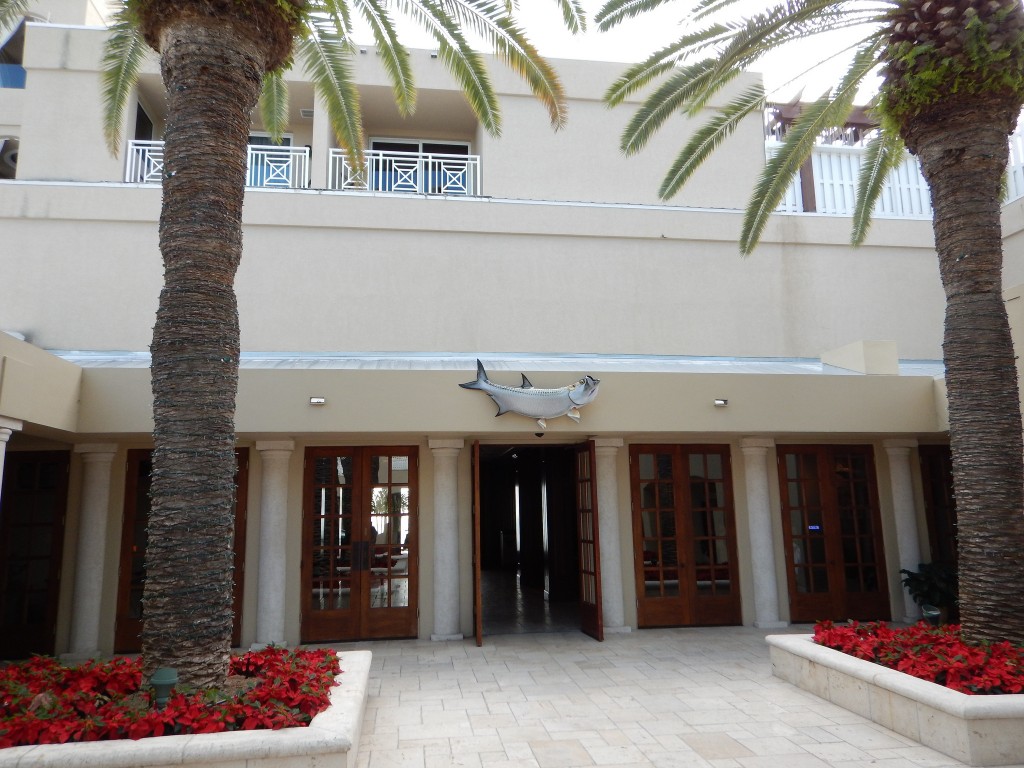
Despite a nasty case of bronchitis (and a pack of meds), and the “winter storm of the decade” bearing down on New York, we were just lucky enough to get bumped to one of the few flights that actually did take off for Miami that night.
Good riddance, New York.
The Keys is a difficult place to describe, but for those who might not have been, let me give it a try, with a bit of editorial.
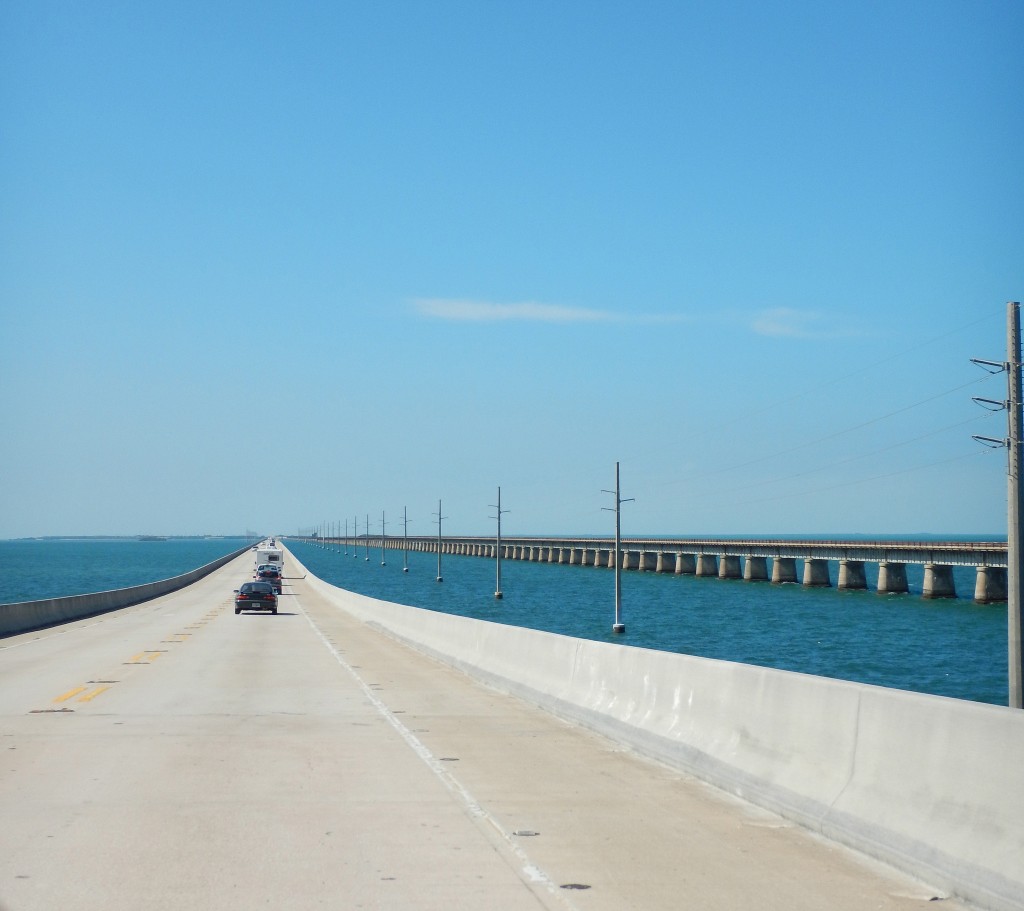
It stats with thousands of square miles of surface area, some of it ever so slightly above sea level, and the rest of it ever so slightly below sea level. If you ask me, I don’t know how the place has not been wiped clean by a hurricane. A 10 to 15 foot storm surge, and the whole place is toast. But the shallow water acts as a bit of a buffer. There are are no breaking waves on either side. You might find a surf shop or two, but nobody is surfing in The Keys. Surf fishing opportunities – shallow water wade fishing to be more exact – abounds. But I’ve seen very few people actually doing that.
But oh they love their bridge fishing! The Keys are a series of small islands strung together like a pearl necklace, connected by a series of bridges running from Key Largo all the way to Key West. We drove the entire length one day. And on most of the bridges, there are places set aside for fishing…and do they ever, sometimes all day and all night, with lanterns and headlamps.
They call fishing the bay side (the Gulf side) the “Back Country.” As some of you know, my primary interest these days is saltwater fly fishing. It’s hard for me to think of a better place to do it. I might go out a limb here to suggest Islamorada is the saltwater fly fishing capital of the world (well, if not, at least the US).
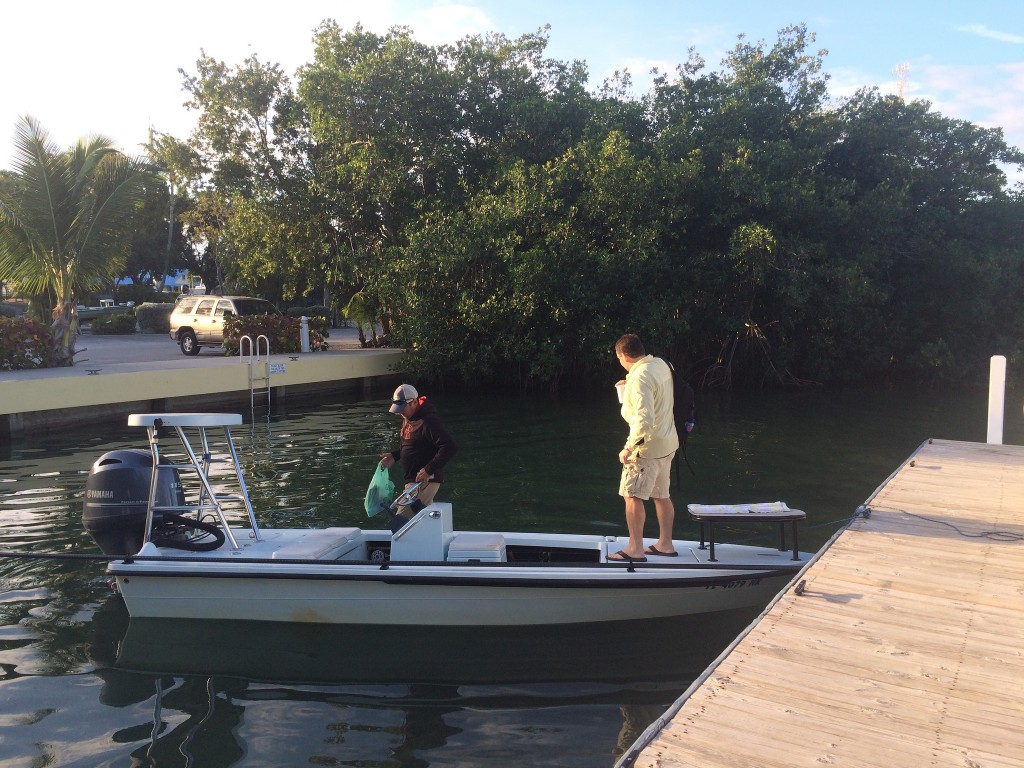
Every morning scores of guides meet clients at marinas like the Lorelei in Islamorada, for a day of fishing in flats boats. From here they will diverge into the hundreds of square miles of shallow water within striking distance.
And this is exactly what I had in mind.
Despite my late booking, I thought there would be a chance I could connect with last year’s guide Drew Moret. I shot him a text, but it was a no can do – he was already booked. But not to worry, he texted that he knew of another excellent guide who just might have an opening during the couple of days I was thinking of. And after a few more emails, I had myself a confirmation with another full time guide, Paul Tejera. (I’ll get to the “full time” part later, hold that thought.).
To be honest, with work and the holidays, yada yada, I didn’t think too much about it until I got closer to the departure date. And when I looked up this guide’s web site, I kind of got a feeling I was not booking just any run-of-the-mill yahoo.
Things like “One of only 4 guides to win all three major Tarpon Fly Tournaments…Placed in the top 3 in over 40 Fly and All-Tackle Tournaments from Miami to Key West “ suggested he might take his fishing a bit more serious than the guides I watch fishing off the Montauk Lighthouse each fall.
Paul’s style was easy going but focused. When we met that morning, it was not “maybe we will try here…or maybe we will try there.” No, he had a plan, despite the cold front that had come through recently.
“We will be going up about 30 miles to a flat that should fish well by late morning with the incoming tide we will have, especially as the sun warms the water a few more degrees…then we will work backwards, following the tide as long as we can,”
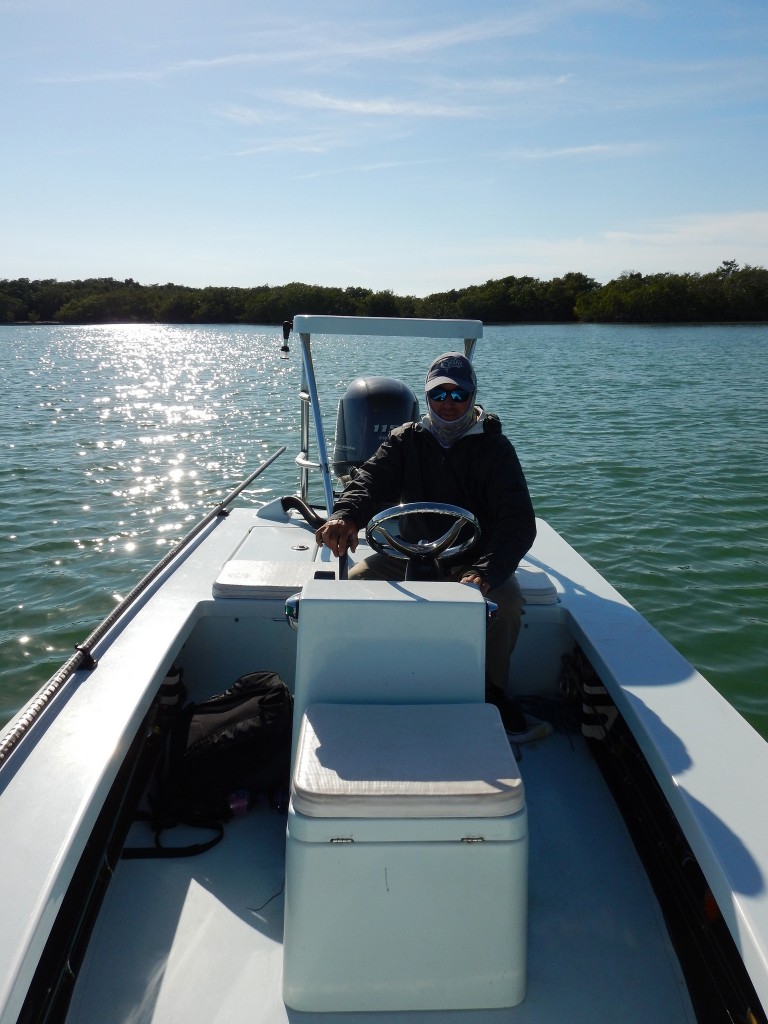
The air was 65 degrees as we left the dock, but Paul was dressed as if it was 40. When he opened the throttle, I hunkered down as well. He told me the boat could do over 50 if he opened it up further, but I was plenty fine with the 40 or so I’d say we were going. We followed an extremely shallow network of channels through the islands, and I was actually a bit surprised we didn’t feel the bottom. I guess that is a beauty of a boat that barely draws 8 inches of water.
Paul explained that we would be targeting redfish, with an occasional snook. The water was about 10 degrees too cold for tarpon on these flats. As I quizzed him on the details, it became clear that the long casts and heavier sinking lines that I was using up north had no place in this kind of fishing.
“You’ll be making casts mostly in the 40 to 50 foot range today, not much more than that,” he continued, “this is sight casting…you will see all the fish…all in very shallow water a foot or less…hopefully we can get you on some fish that will want to eat as the water warms a little…this is 100% about presentation and accuracy.”
“Great,” I thought, “100% of what I am not doing while striper fishing.”
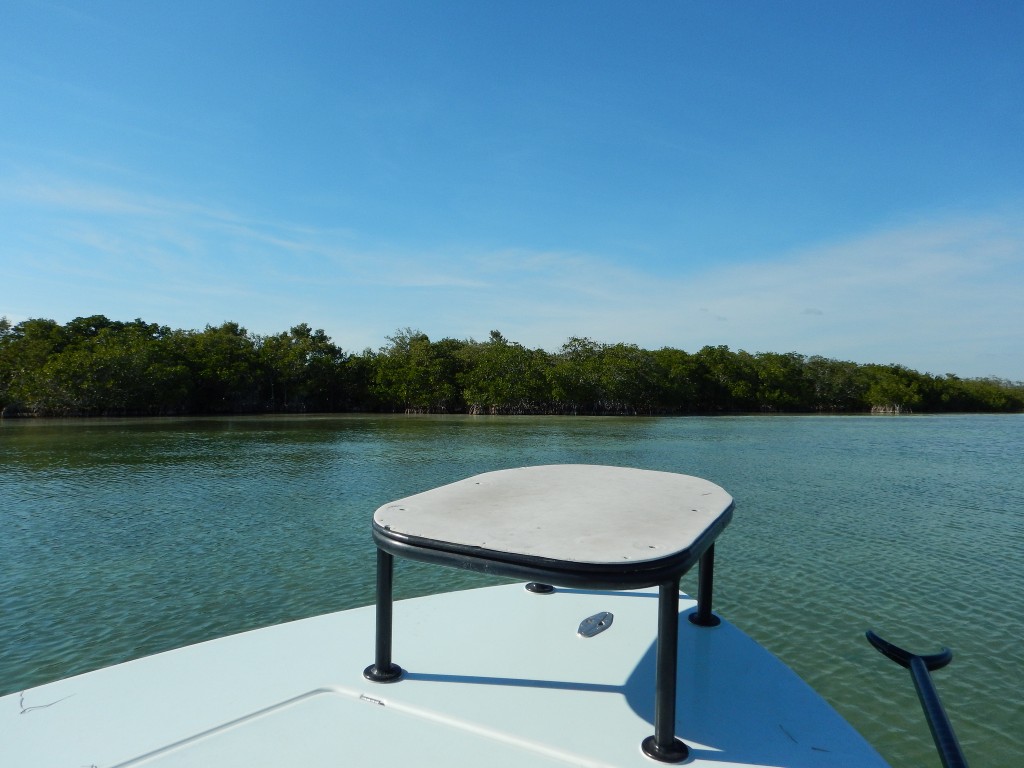
When we got to the specific flat, Paul began poling and I took position up front, armed with 1 pc Hardy 9 weight and a Tibor reel. My fly was a brown shrimp pattern, a rarity for me. I’ve thrown plenty of worm patterns, but few crab or shrimp flies in the Northeast.
It took less than five minutes to see the place was full of life.
A two-foot shark pushed across the flat, it almost looked like it was struggling to find enough water to swim. But it continued climbing over the mud and grass, rooting for fish, crabs or shrimp.
Paul abruptly broke the silence.
“There’s a redfish…See it?…There…There…There…3 oclock…oh Christ…40 feet… See it? See it? See it?…There…There…There”
I didn’t see shit.
But I realized the window of opportunity was closing fast. I tried to load the rod and direct the line at my best guess of where the fish might be. The line landed in a pile.
“Damn,” Paul cried, “spooked him.”
After a few more blown opportunities, I realized I was going to have to calm my nerves and focus on fast but more accurate casts.
I also quickly realized that Paul took his fishing very very very seriously. This was not an “Aw Shucks” type of guide. I guess you don’t place in virtually every tournament in The Keys by taking a “win some – lose some” attitude toward fly fishing the flats.
After yet another blown opportunity – where I finally did see the tailing redfish in 8 inches of water – Paul finally offered some words of encouragement.
“I’ve been all over the world, and The Keys is possibly the hardest saltwater fly fishing you will ever do,” Paul explained, “these fish are extremely spooky in shallow water like this…unless you’ve got the right presentation…and unless you put it right in front of their nose, they will not eat…not these fish on this flat…you’ll just watch them scoot into deeper water leaving a trail of mud.”
I did get better in the presentation department over the next hour. And I finally trained my eyes to the point where I was spotting fish almost as quickly as he was.
As Paul poled the boat along the flat, I spent down time practice casting. I’m usually much better in the casting department, but this was one of those times when I had not casted a fly rod for several months – not since mid November when I declared the East End officially dead for stripers. Had I known that I needed to be so accurate on the short cast, I might have gotten in the requisite practice on my front lawn. Next time.
I was finally able to get the fly much closer to the strike zone on the next few fish, but to no avail. I’d have to point out that the strike zone in these scenarios is probably not much larger than a manhole cover. This might be easily accomplished indoors, or on the lawn, but factor in a little wind, and then factor in the stress of trying to deliver a perfect cast when the pressure is on, well therein comes the challenge of sight fishing.
“Damn,” explained Paul, “that fish should have eaten…you put that fly right where it needed to be.”
I won’t bore you with vague references to “conditions,” and tell you “it depends” when determining success. It’s a fuzzy combination of casting skills combined with fish must be willing to chase a meal, at least a few feet. Never more. The warmer the water it seemed, the more willing to chase. A perfect cast might make up the difference, but clearly not always. At this point, despite seeing almost 25 redfish, and having good shots on at least 15, I was still risking a skunk.
The way I see it, you are poling toward fish on a flat so shallow that you’ll see small wakes left behind, and sometimes the fish can be seen “tailing.” If the wind is down and the surface flat, a trained eye can see a fish at beyond 100 feet. But you’ll have to pole closer, to about 60 feet, in order to zero in on the position and exact direction. And by 50 feet you should be casting. Anything inside of 40 feet, and the fish is very likely to see or feel the boat. Wait that long and its bye-bye, game over. This is so much different from the deeper water blind casting done by striper fishermen in the Northeast. This all suggests a hookup ratio way below the number of fish we might actually see.
I’ll fast forward to the punch line and let you know that the story does have a happy ending. After one fish came unbuttoned very quickly, I finally connected with my first sight casting redfish.
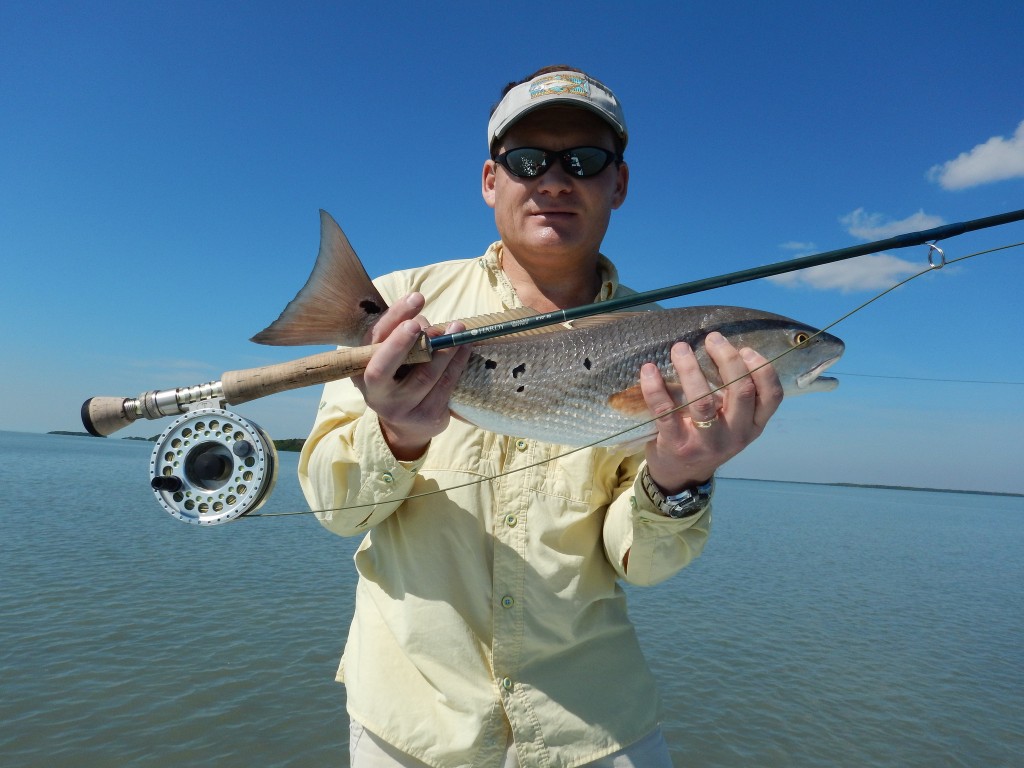
And now the trip could officially be declared a success.
What makes this brand of fishing so appealing is the visual stalking and sight casting. But the fighting aspect is equally as visual – a hooked fish has nowhere to go, hence the zig zag runs across the flat. It’s a piss.
We did find a few more fish as the afternoon sun began to fade behind some clouds, but we never did got into the proper position for reasonable casts.
Soon we were running out of tide.
We hit a half dozen other flats as the afternoon sun began to sink, but none held the life that the first spot did.
I used the opportunity to pick the brain of my guide and get his perspective on both the fishery and the industry.
Paul revealed that our trip was a bit of a pleasant surprise for him. He didn’t expect to see so many fish on that flat (he had pointed this out as we left the dock that morning).
“This time of year, its all about the weather. You have good weather, where the water can warm up, and you’ll have good fishing. If we don’t get the weather, we are left to chum shrimp in the channels… and I’d really rather stick to sight fishing with the fly rod, if at all possible.”
Paul himself had been guiding for most of the last 30 years or so. After graduating from the University of Miami with a degree in Computer Science, he quickly discovered that he liked a flats boat much more than an office building. The story sounded very familiar to Flip Pallot (a friend of his), who left a job at a bank to become a guide.
He estimated the that number of guides in the general area numbered into the hundreds, but the number of serious “full time” guides who focused on fly fishing the back country might be thirty or so.
“Down here everyone is a guide…the plumber is a guide, the mailman is a guide…but those who are really fishing full time, as in 250 or more days a year fly fishing, that’s a much smaller number.”
In Paul’s case, late January and February represented the off-season. His “official” season was to begin in March, with solid bookings all the way through mid summer. (As in, if I wanted to come down in prime season for Tarpon, he was already booked…I’d have to settle for the plumber). In between the regular charters was a string of tournaments, each with carefully selected dates and fishermen.
Until then, I’d imagine he’d find just enough snowbirds like me, coming down to escape the winter, and who are happy enough with 70 degree days, and thrilled to wave a rod at just about anything that swims.
…And then happy enough to weave some fish stories at the bar. watching the sun set.
Yes, Islamorada, we will be back – much more to discover.
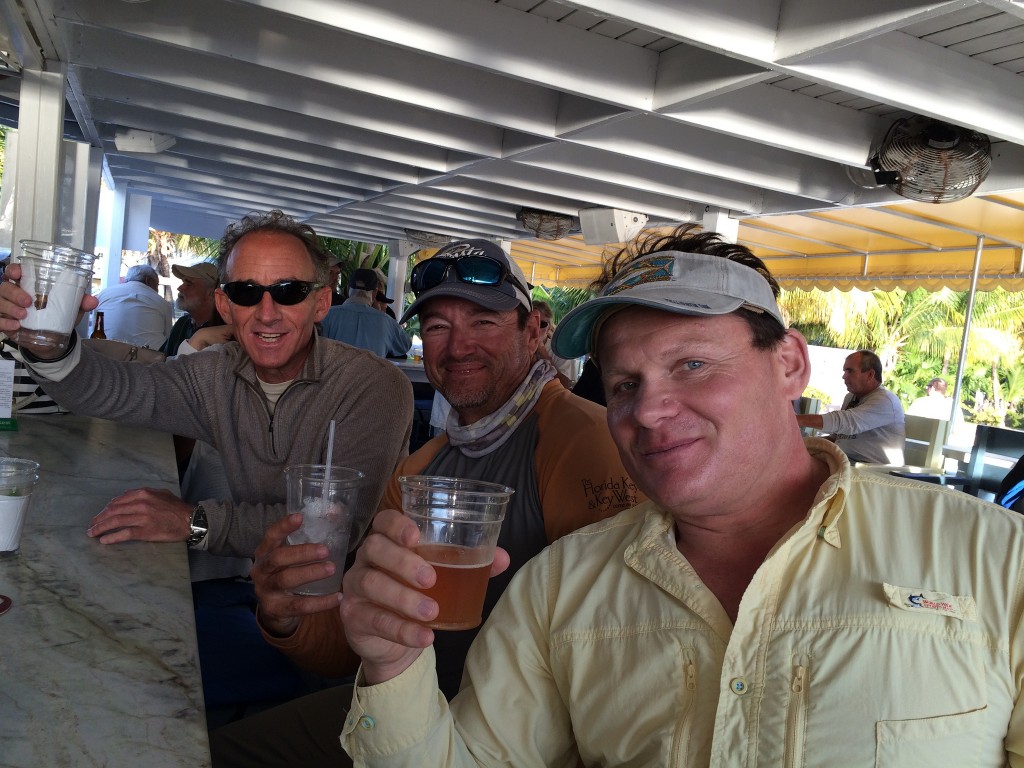
More information on Islamorada fly and light tackle fishing can be found at Paul Tejera’s web site http://paultejera.com

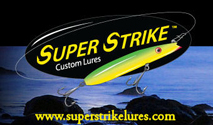

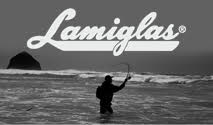


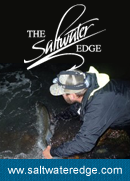
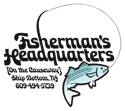

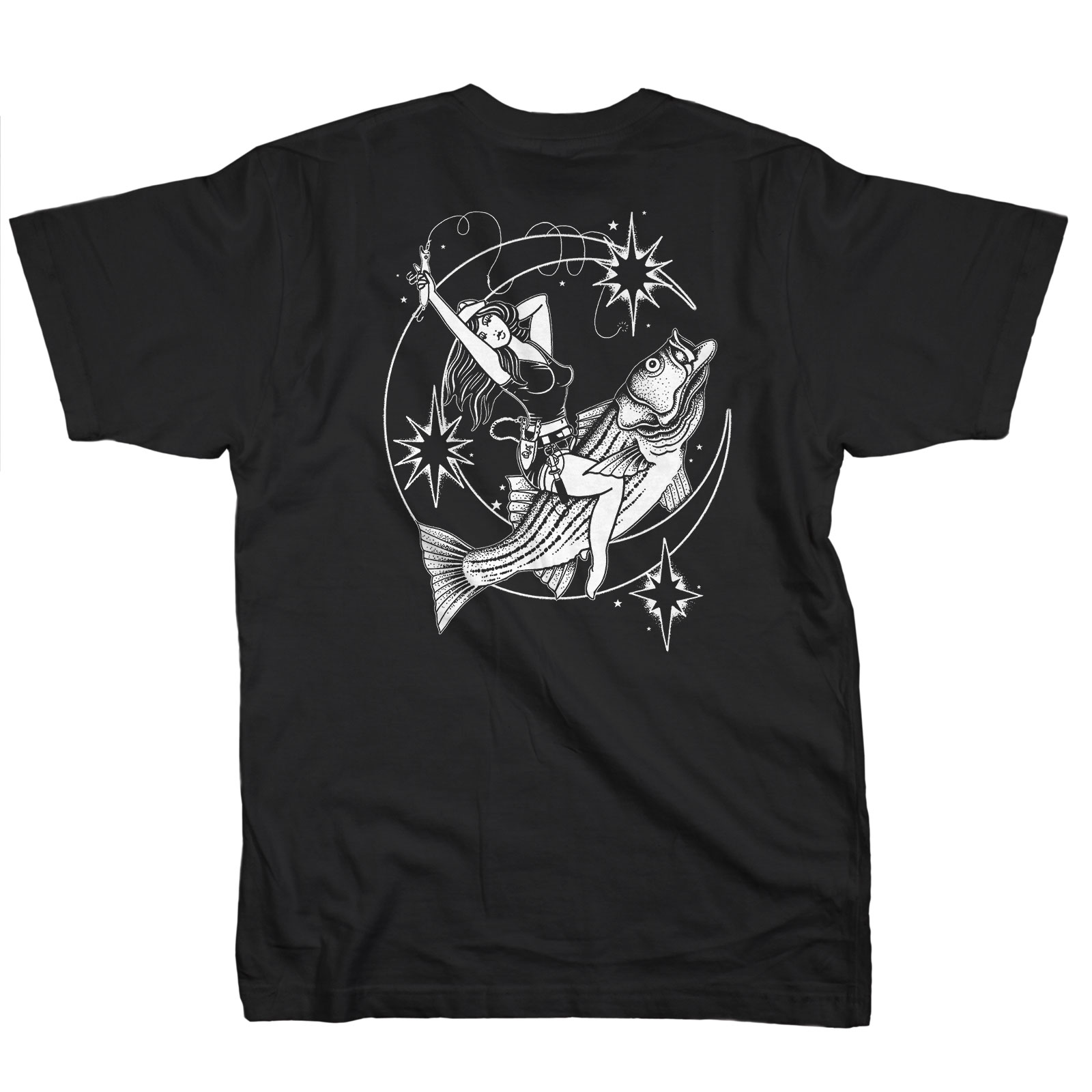
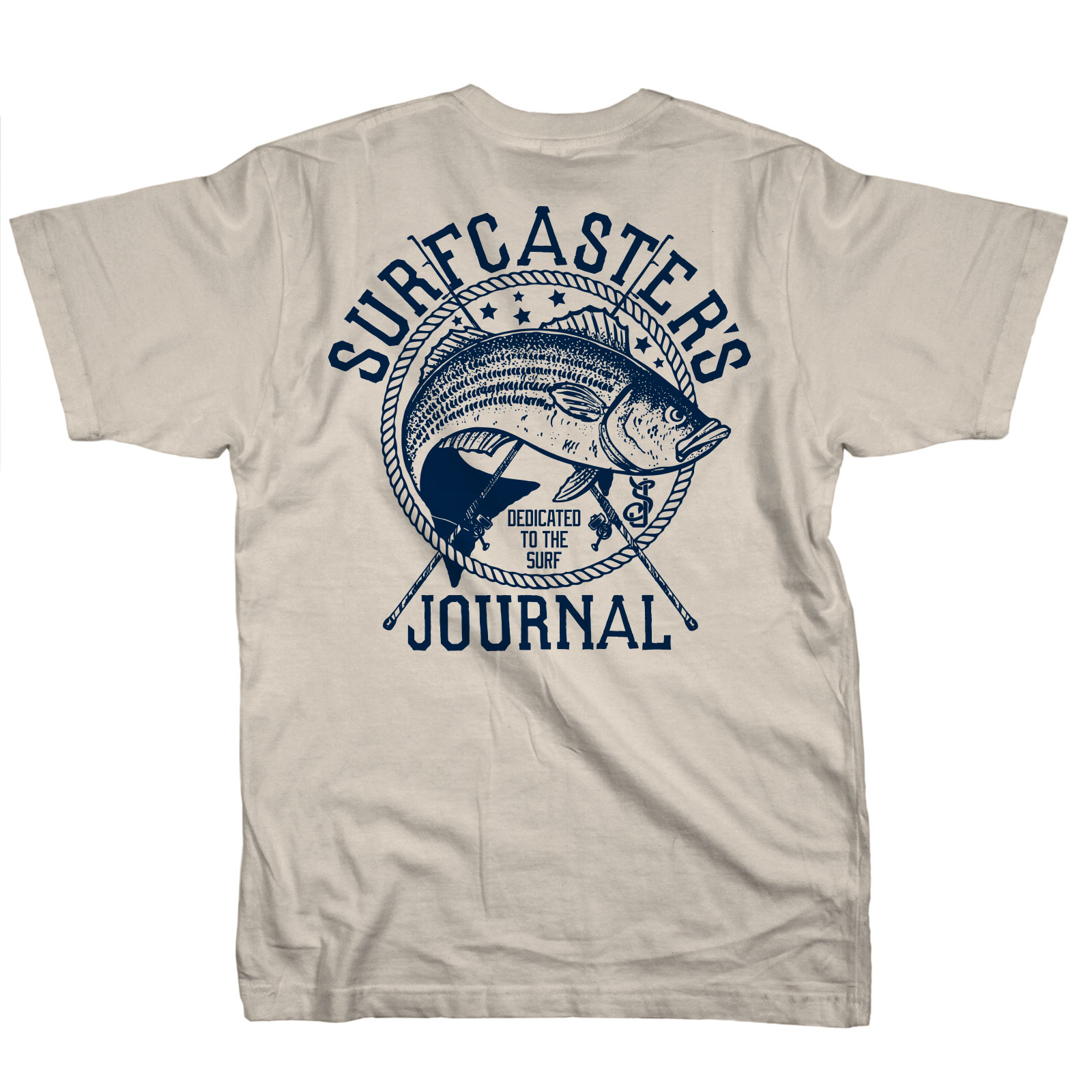












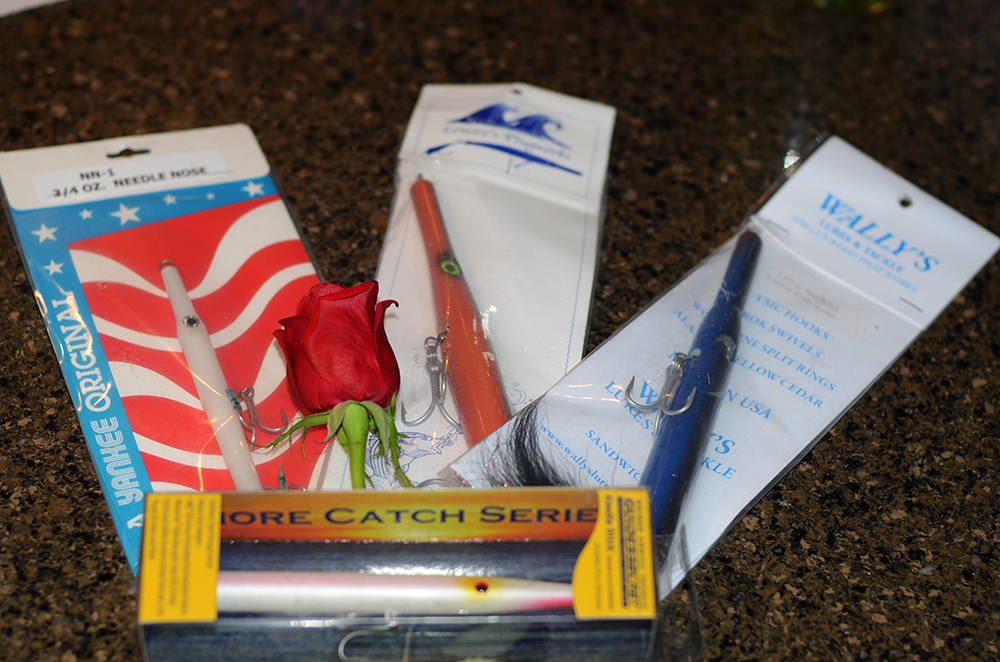
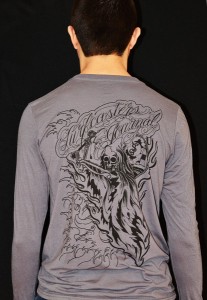
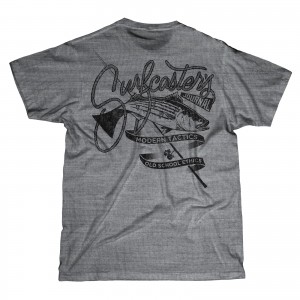
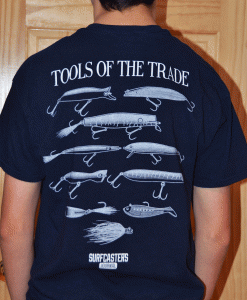 Just our way of saying thanks to our readers. These prices are only good trough Monday
Just our way of saying thanks to our readers. These prices are only good trough Monday







